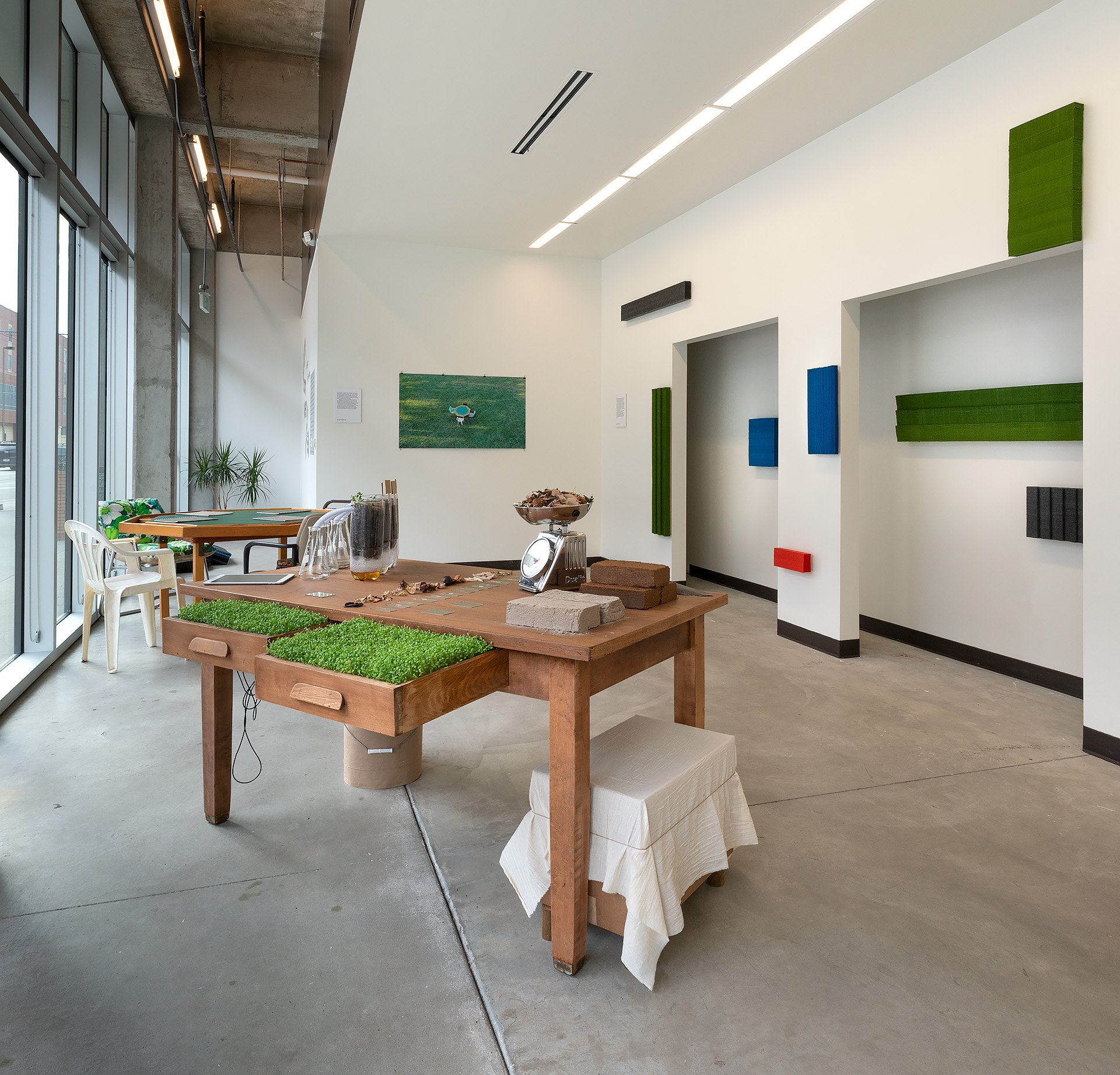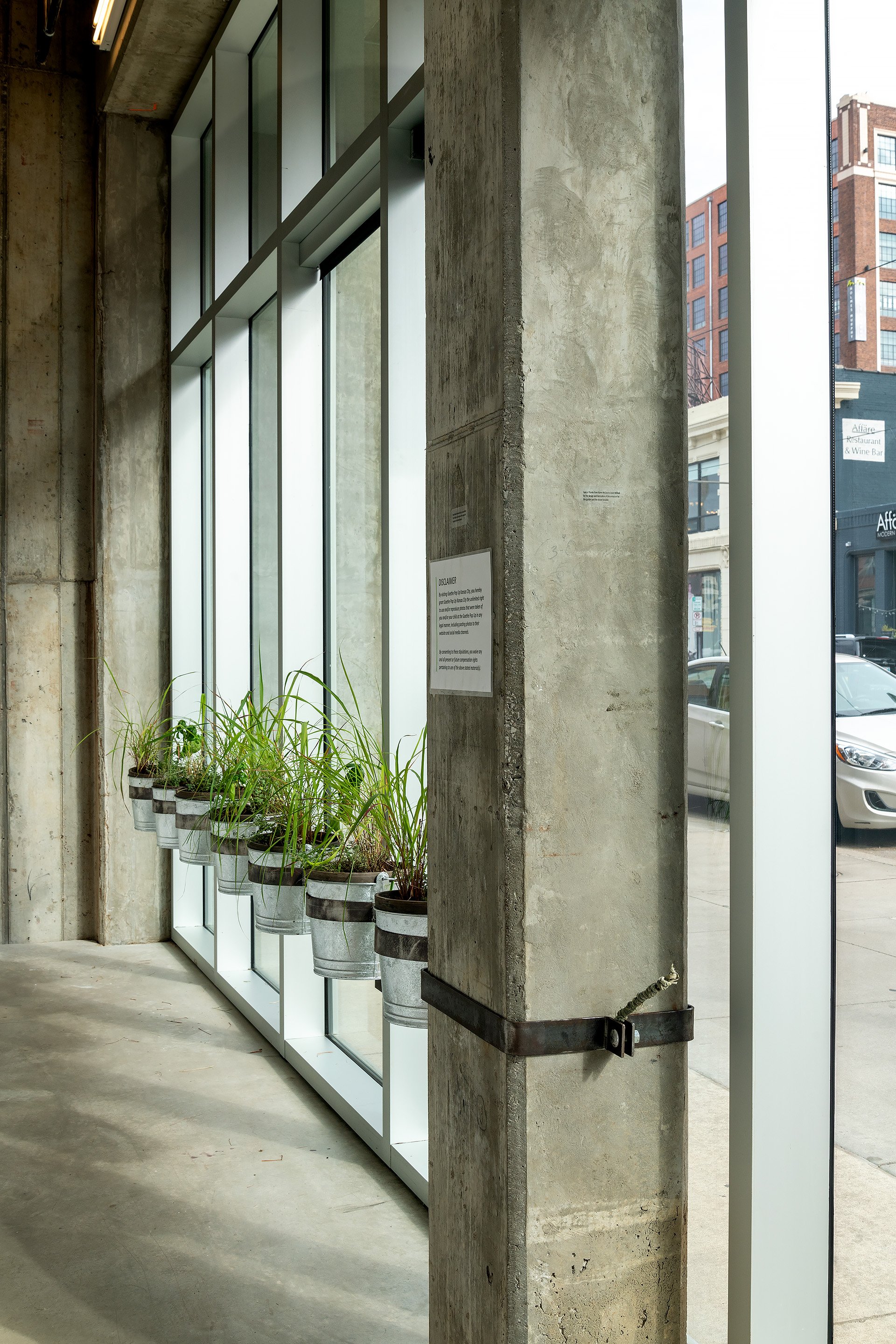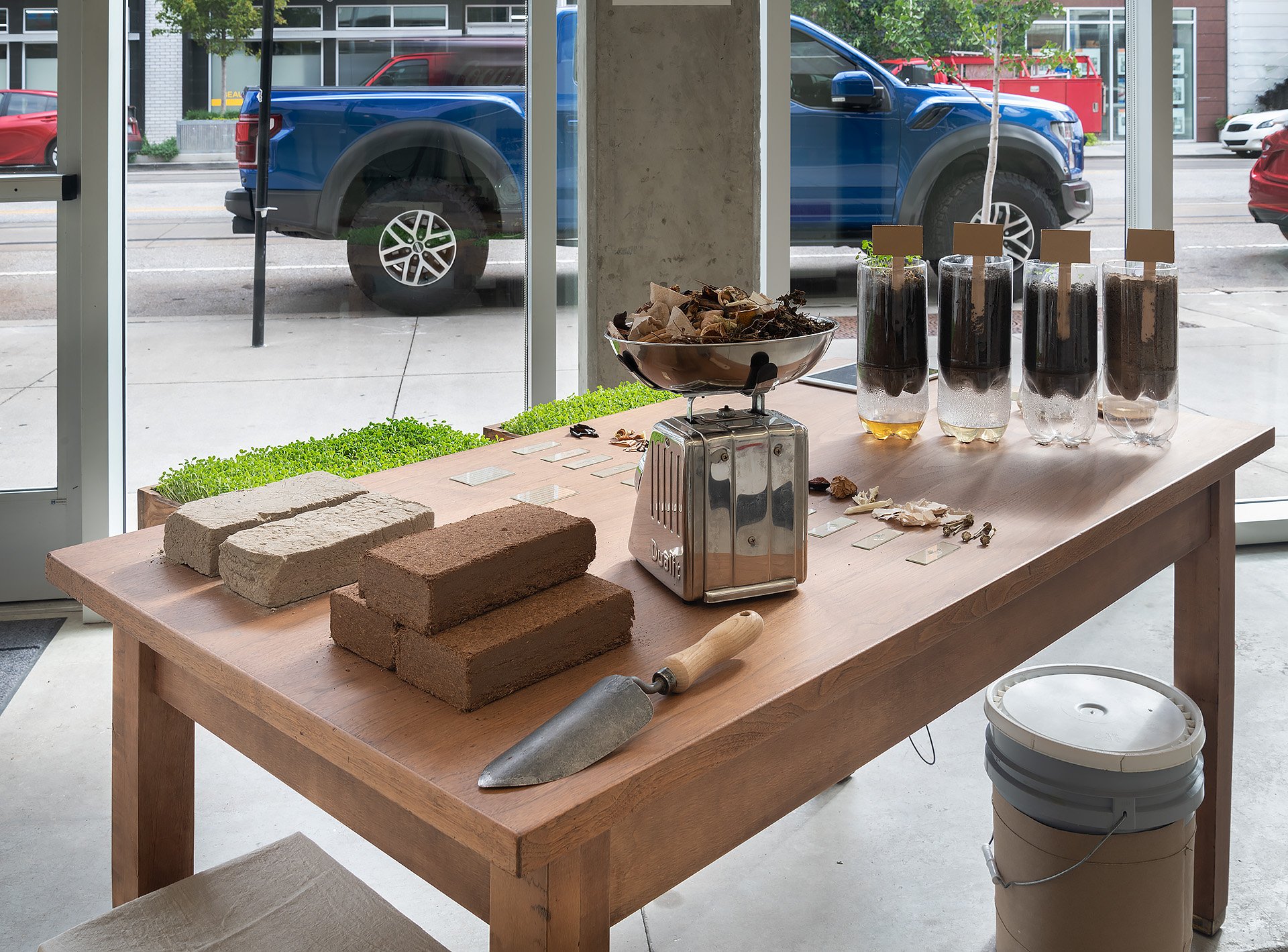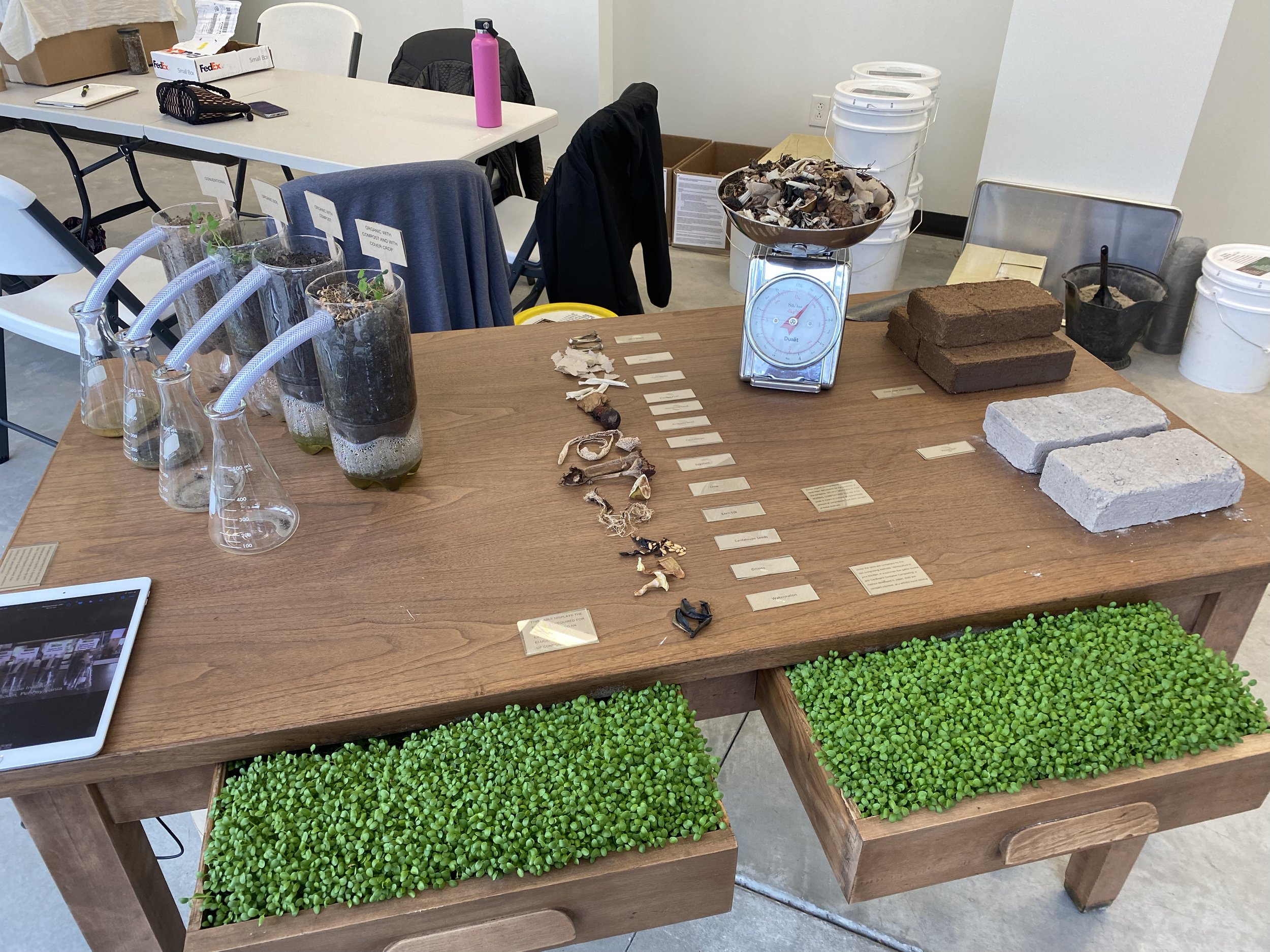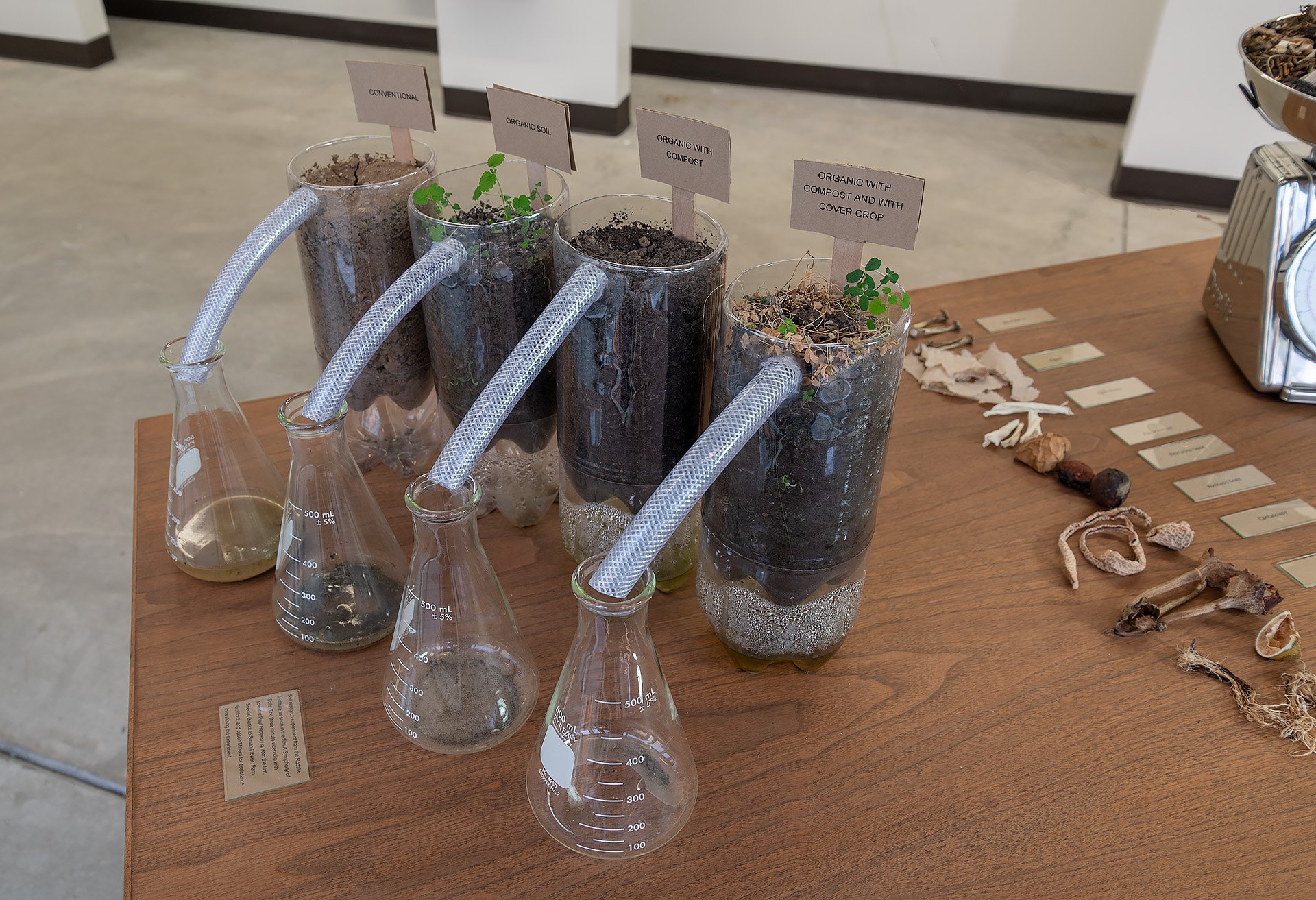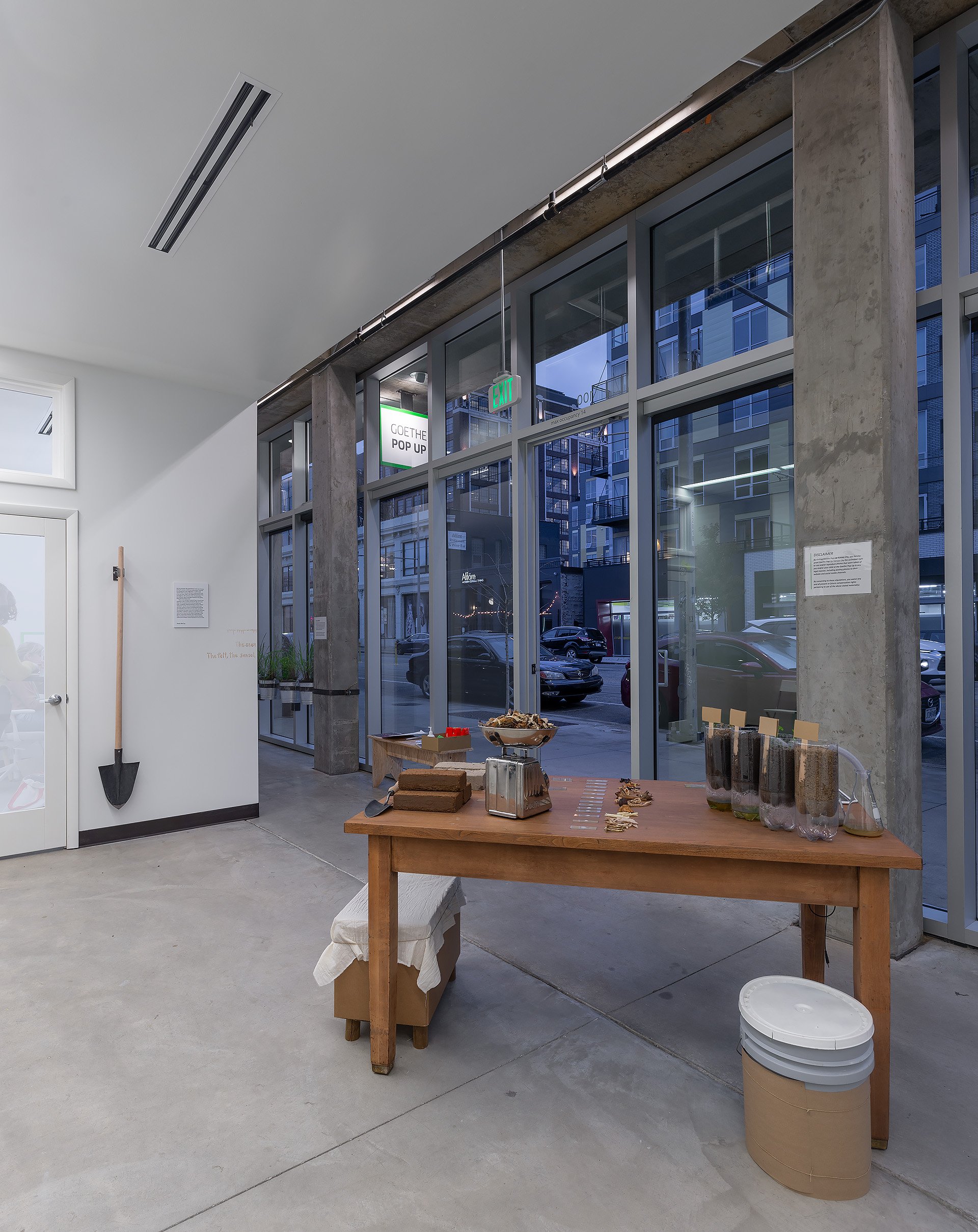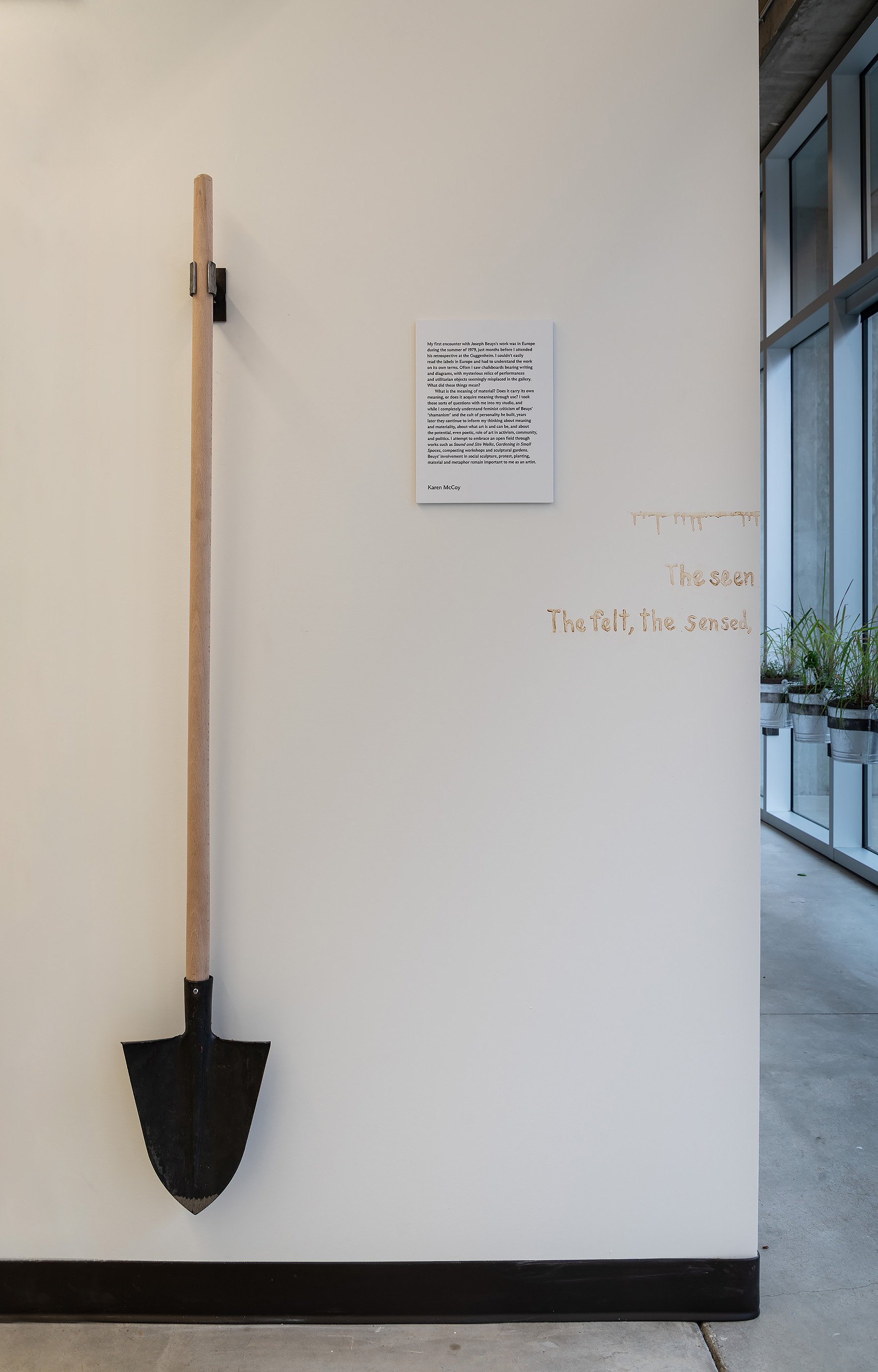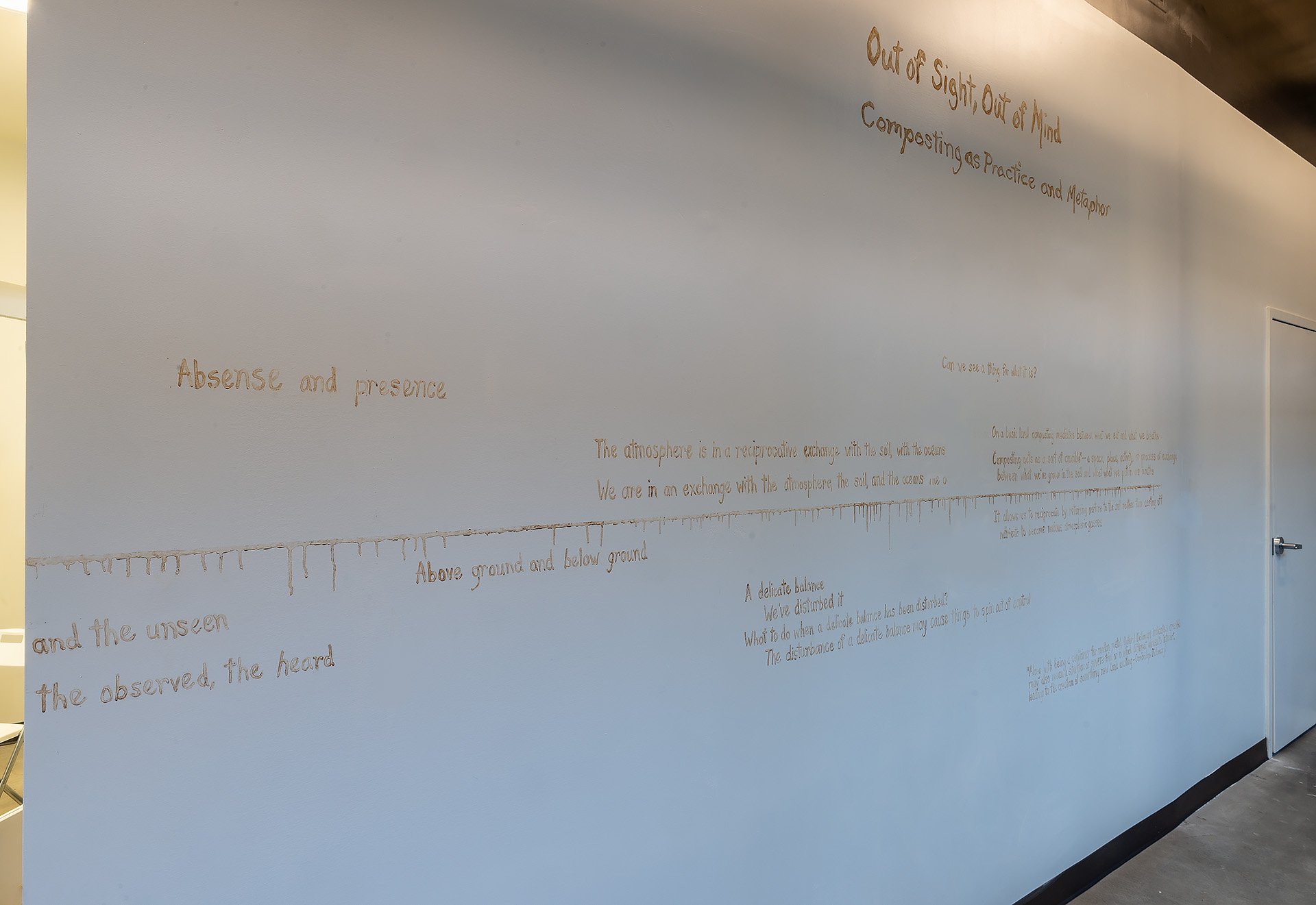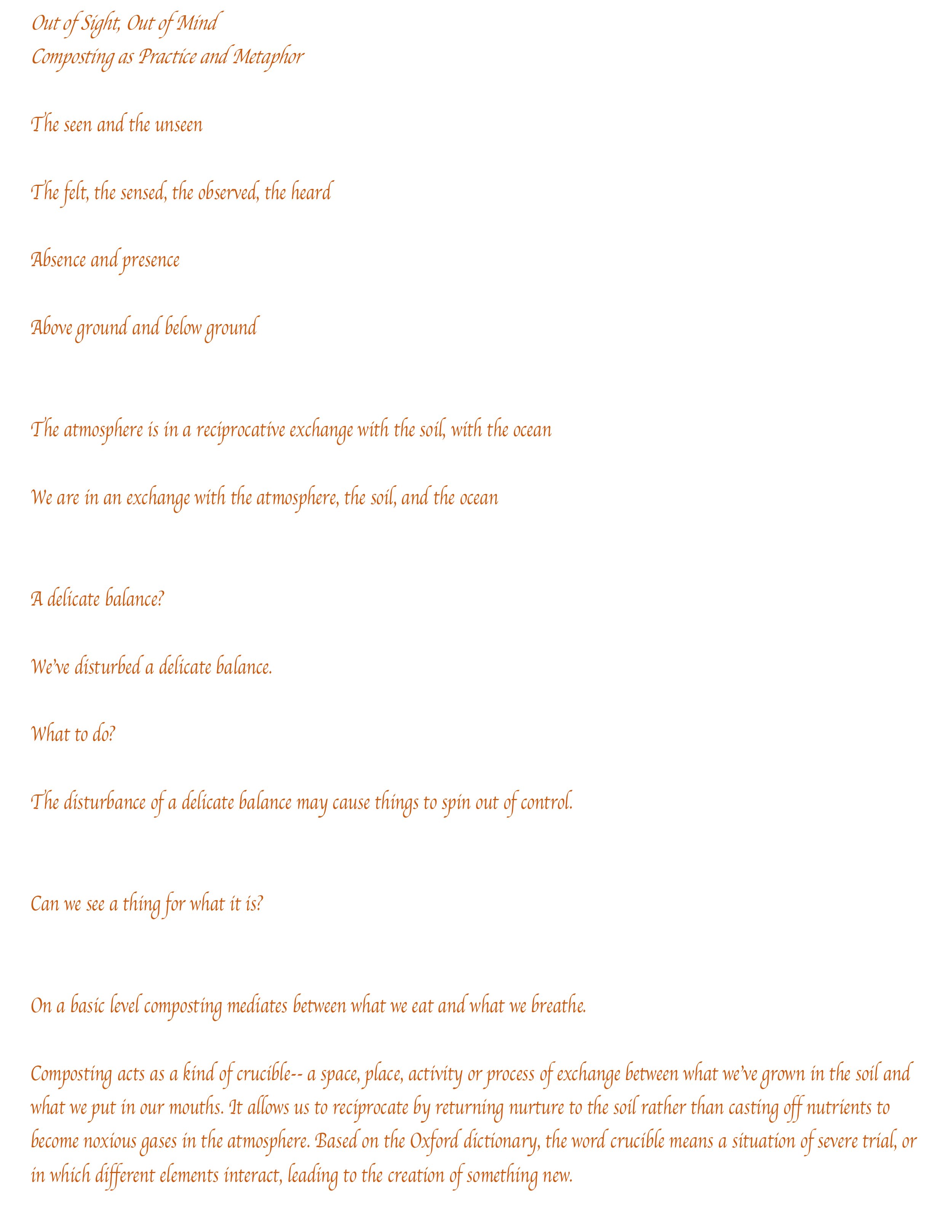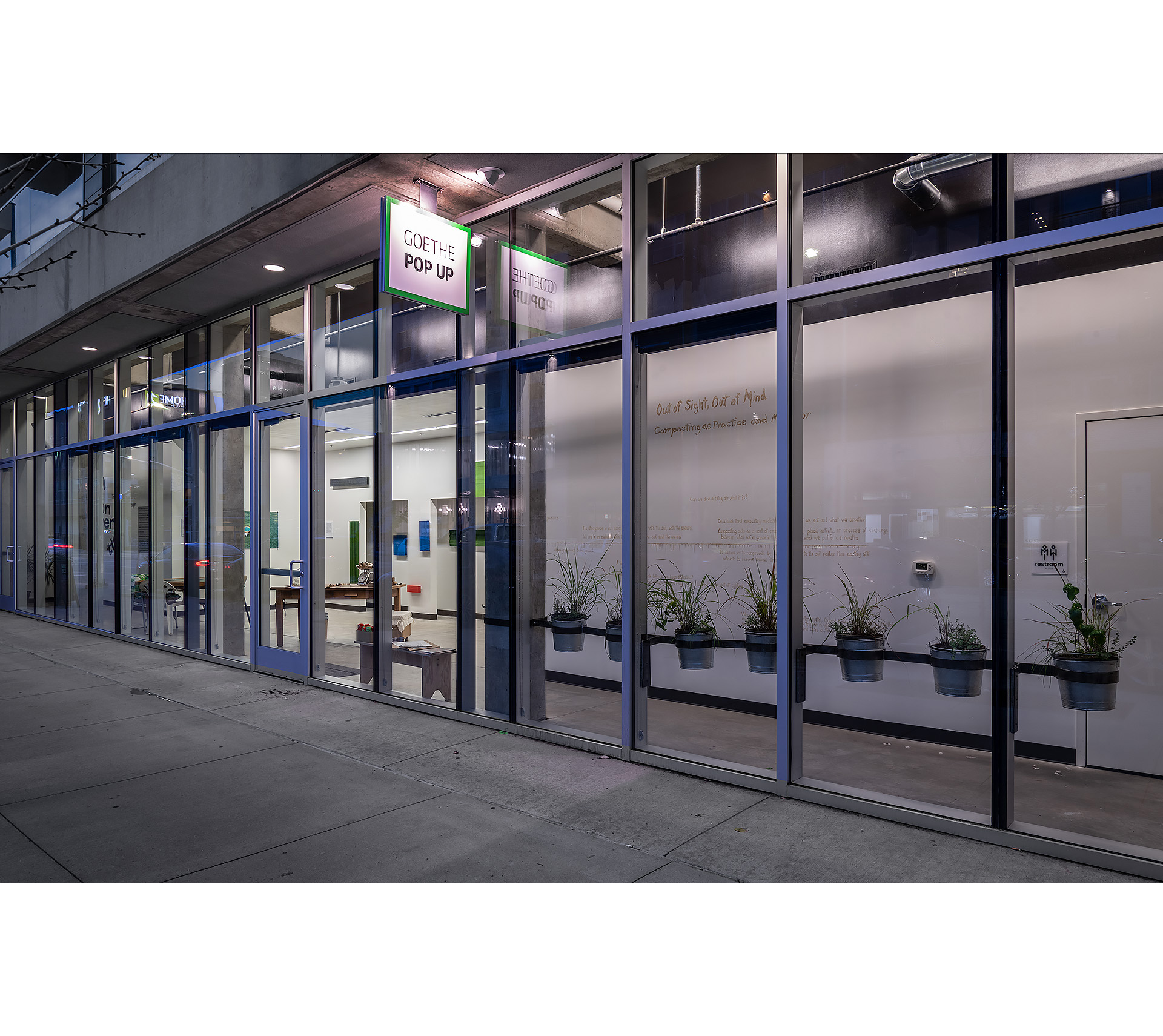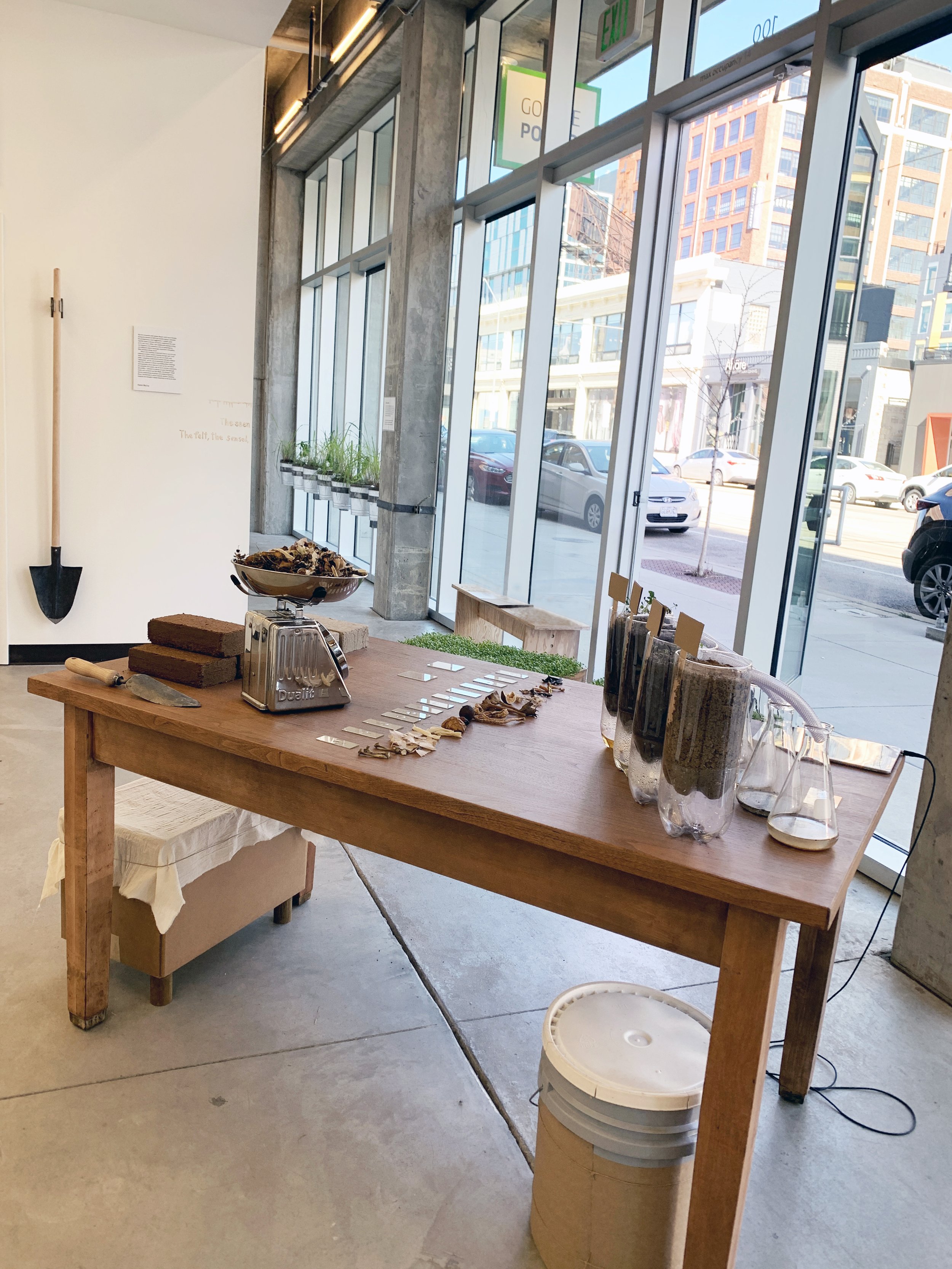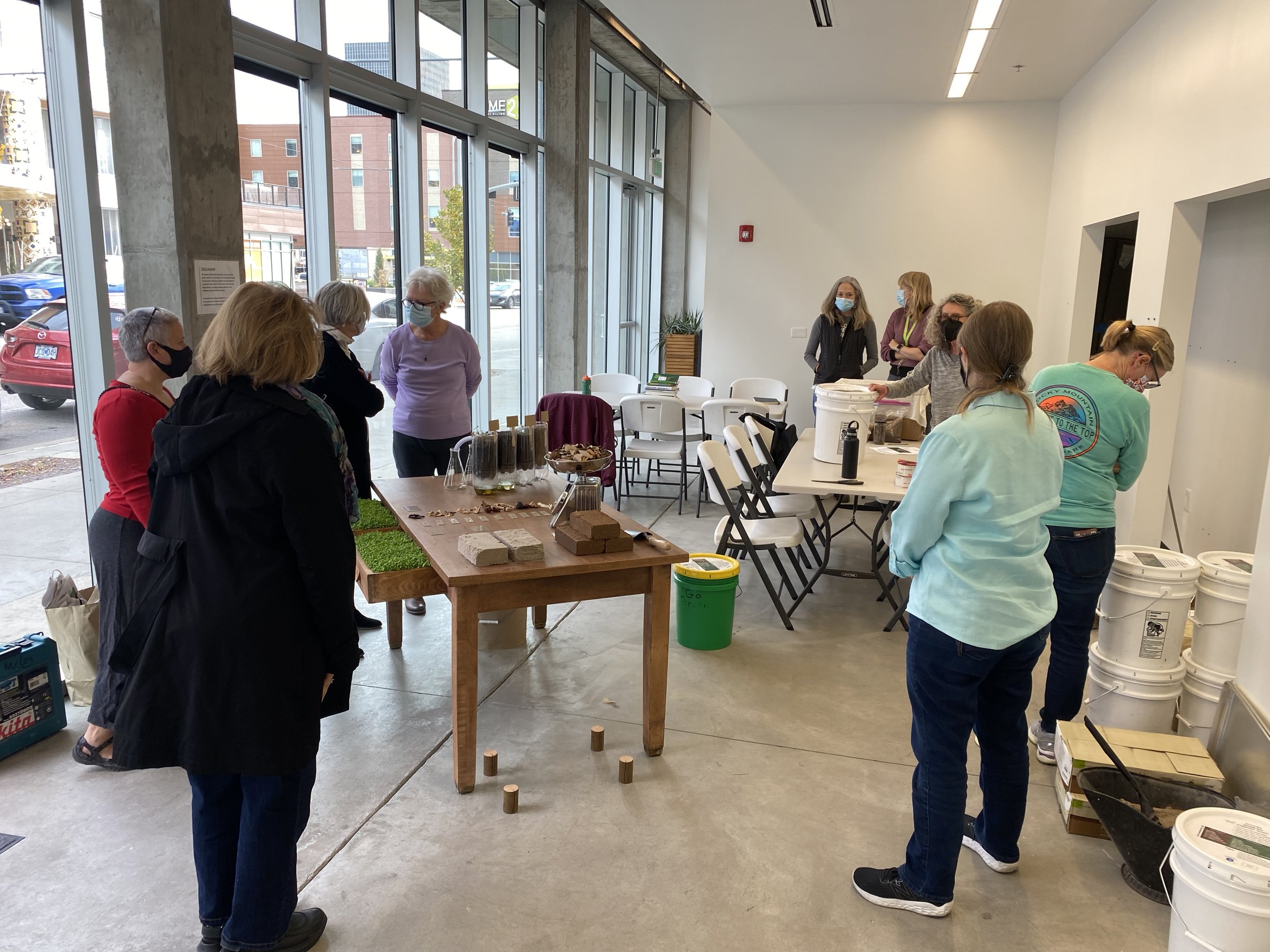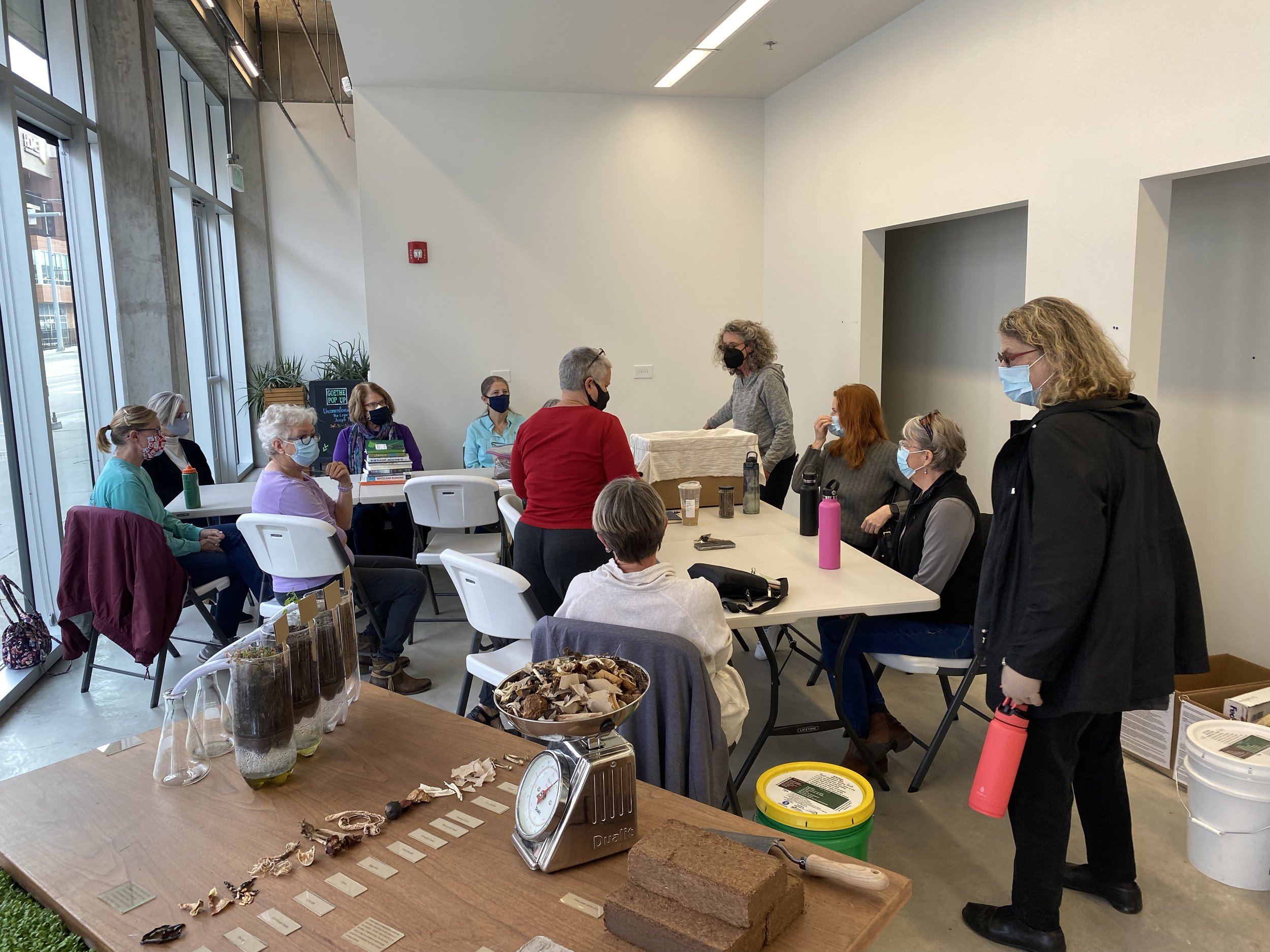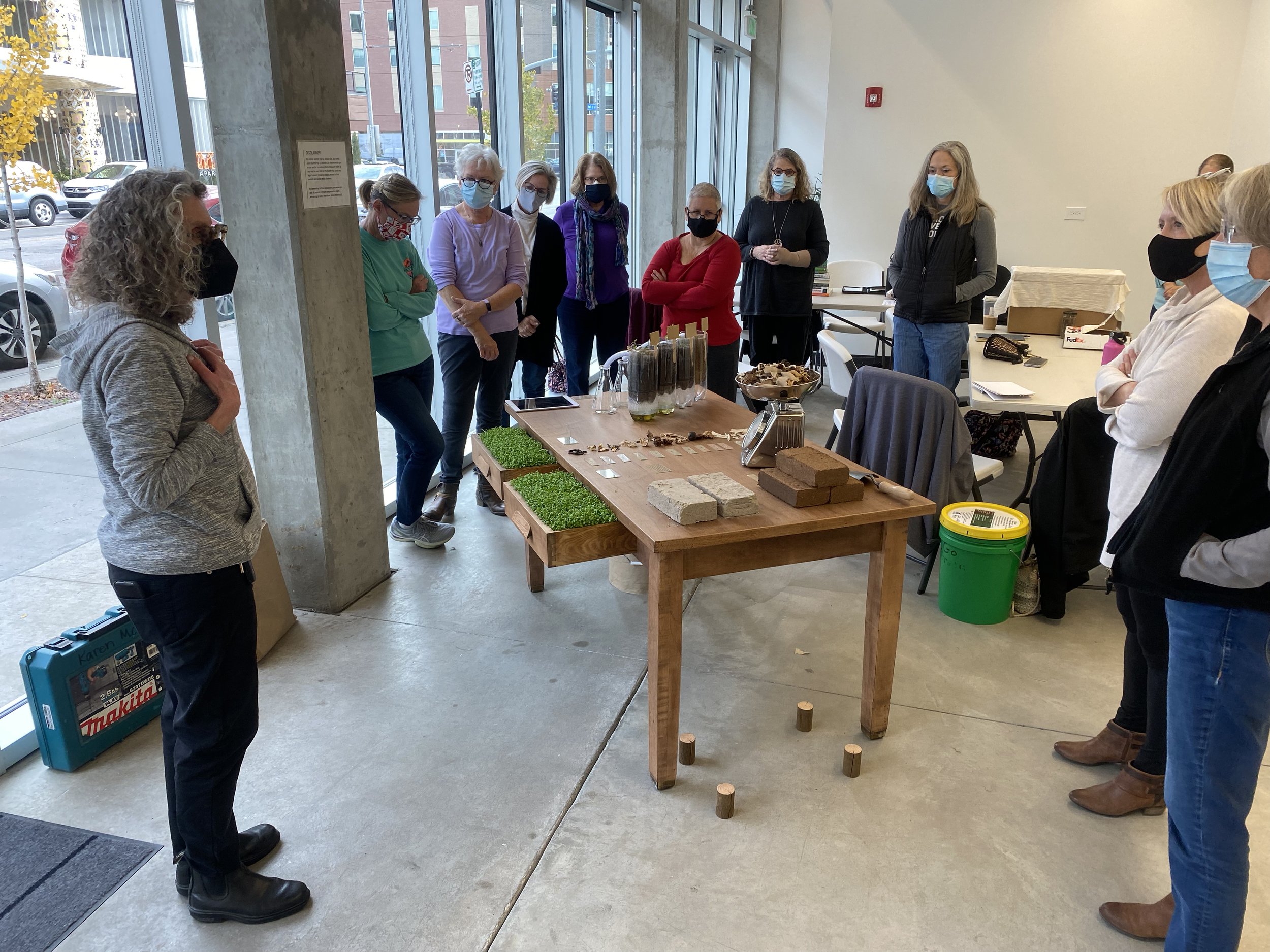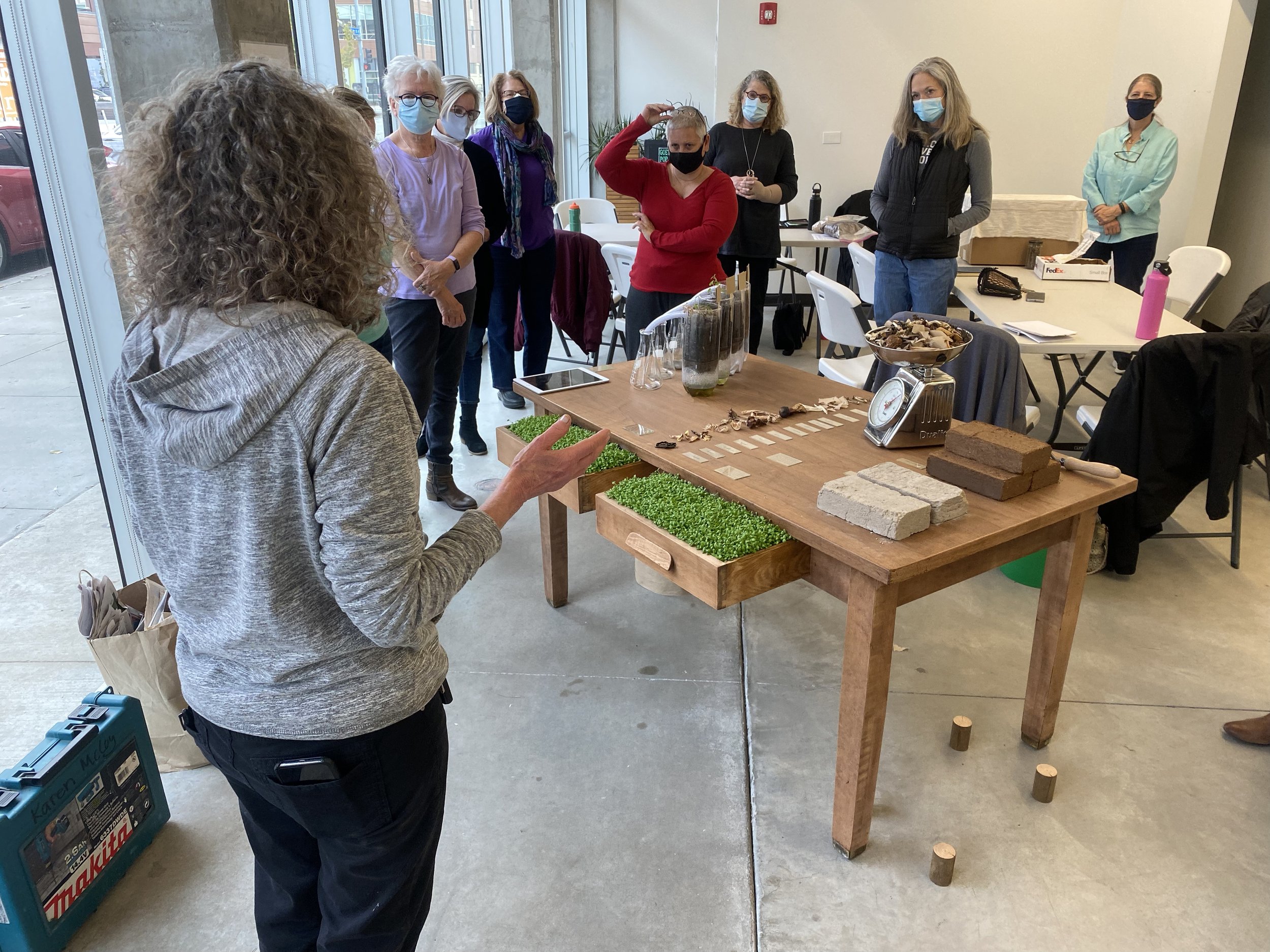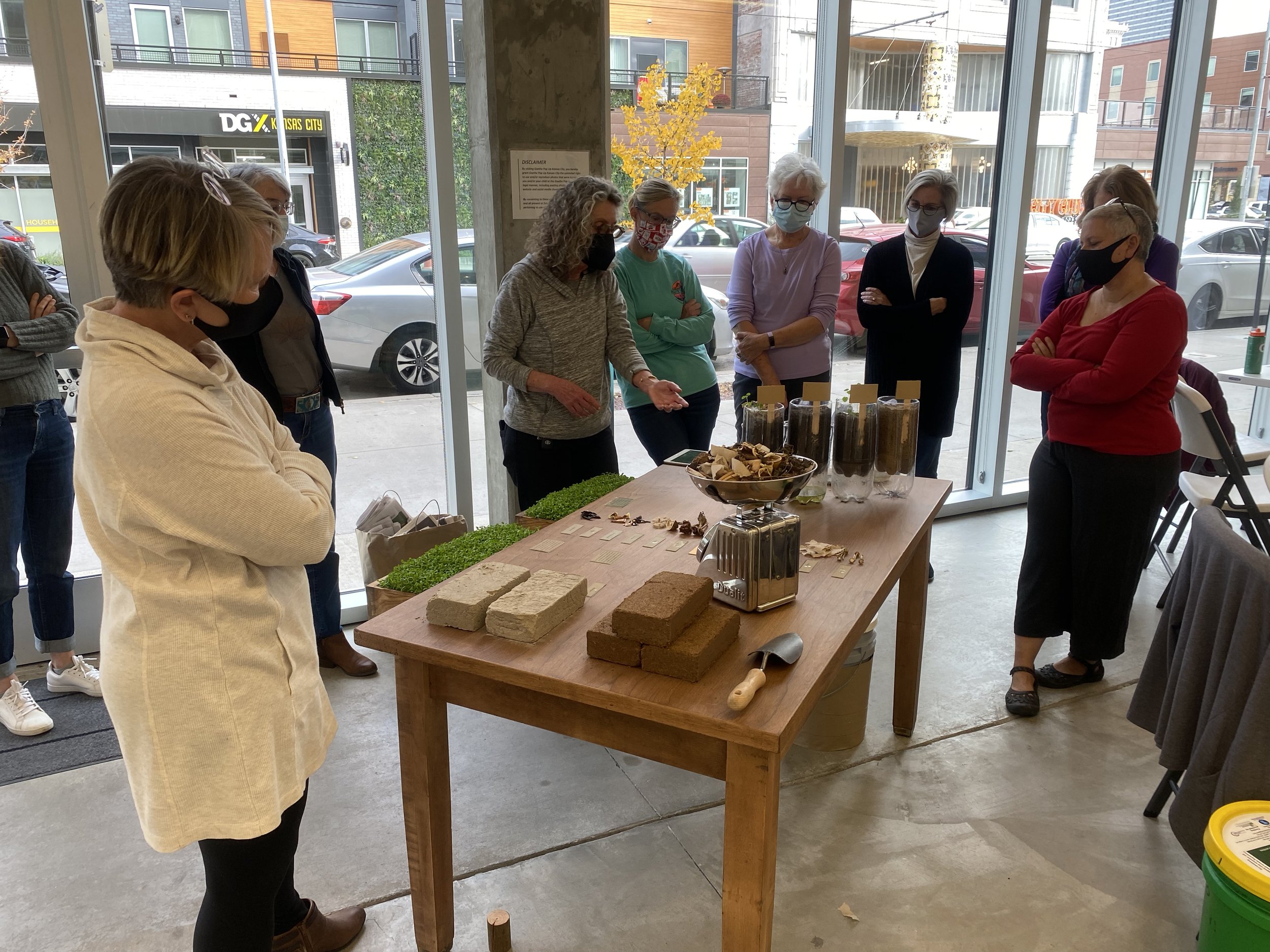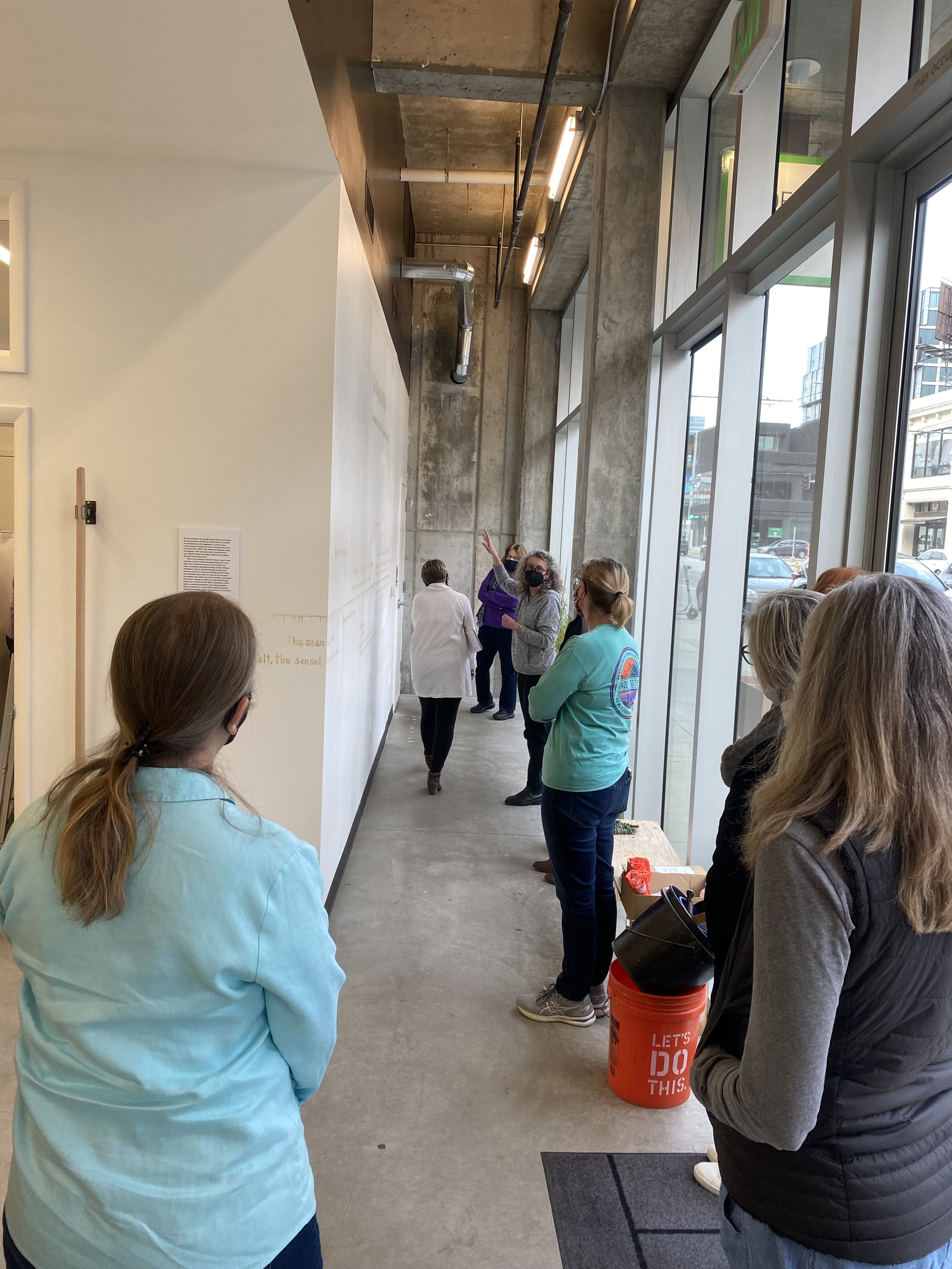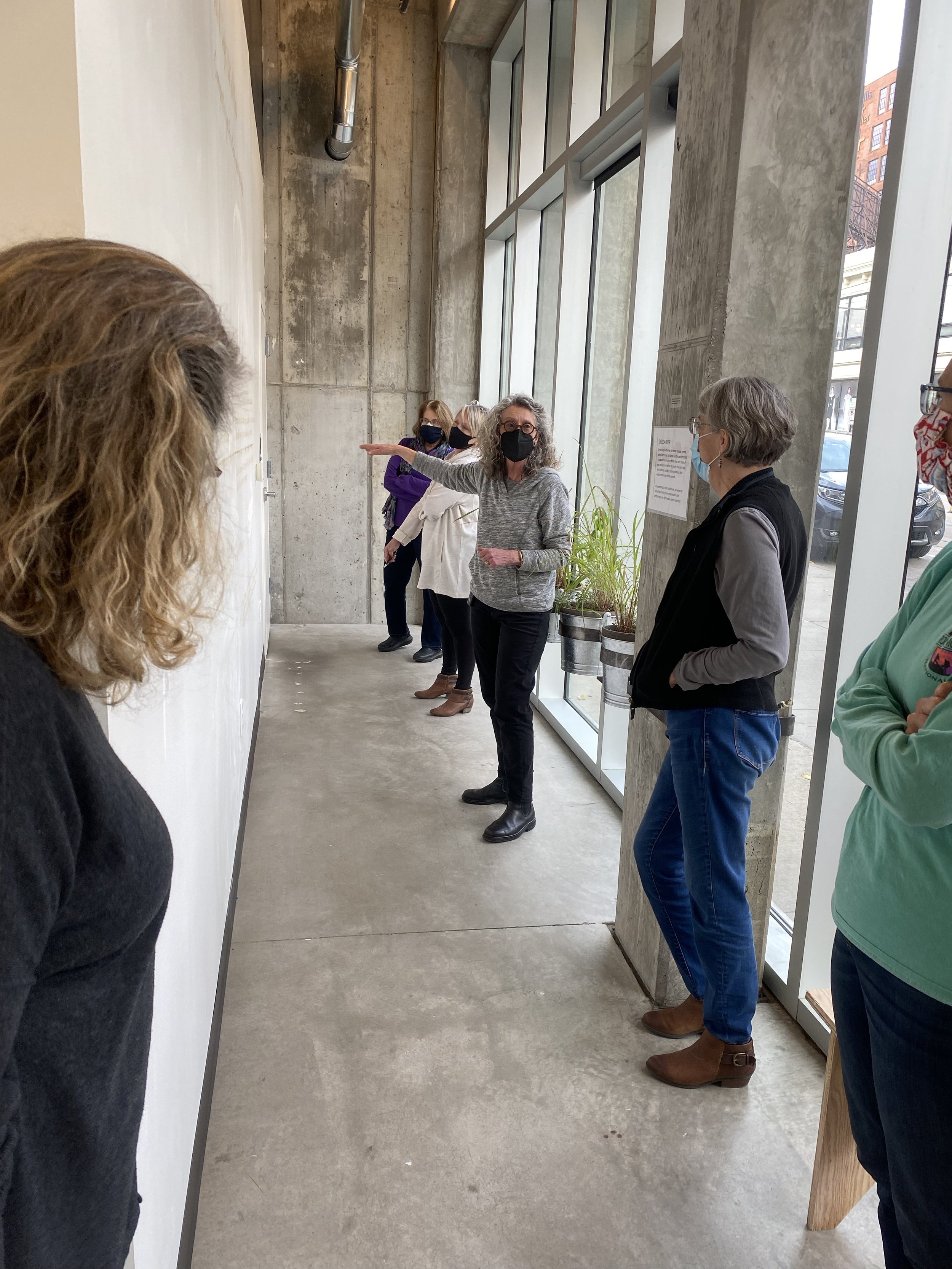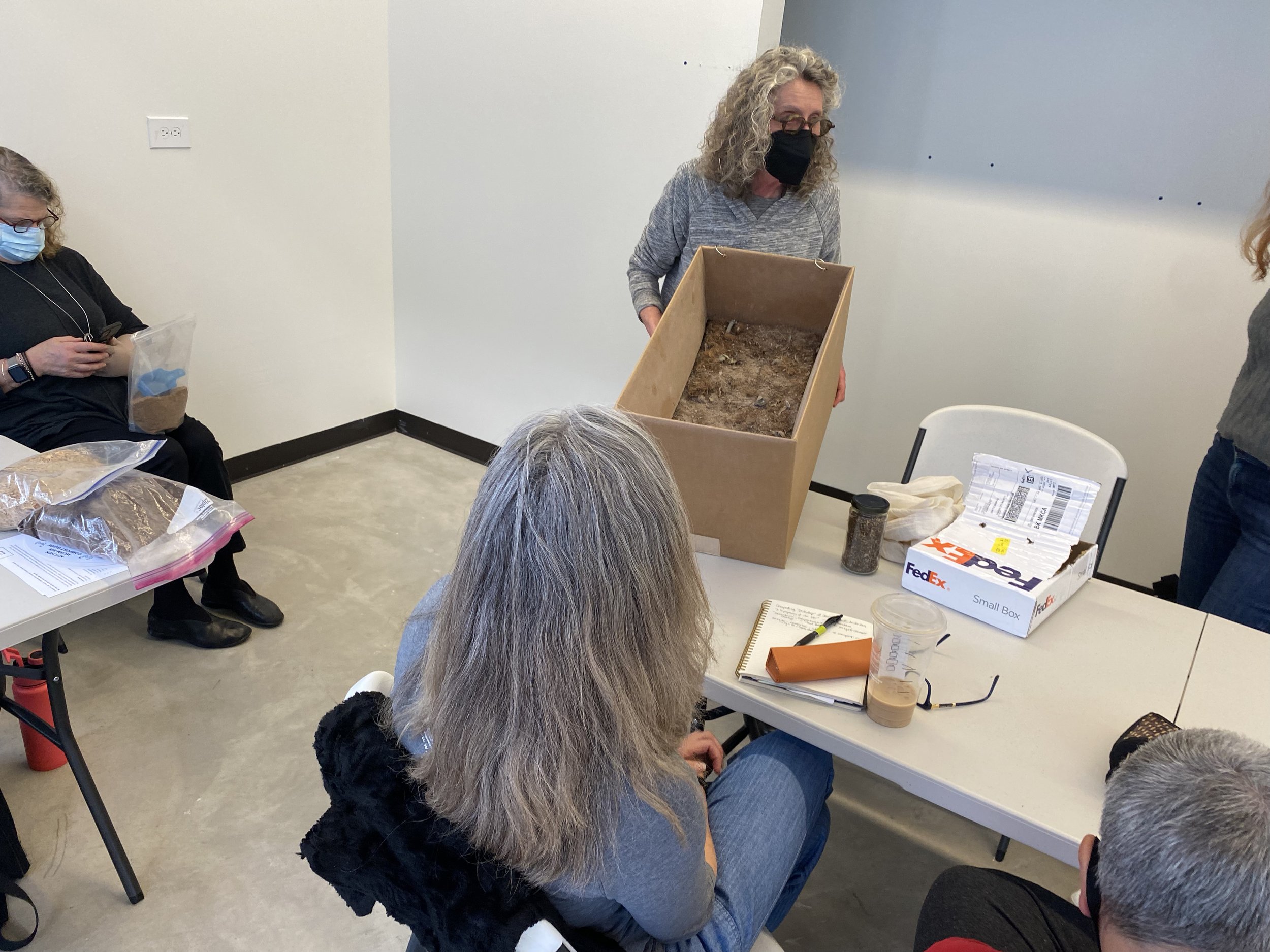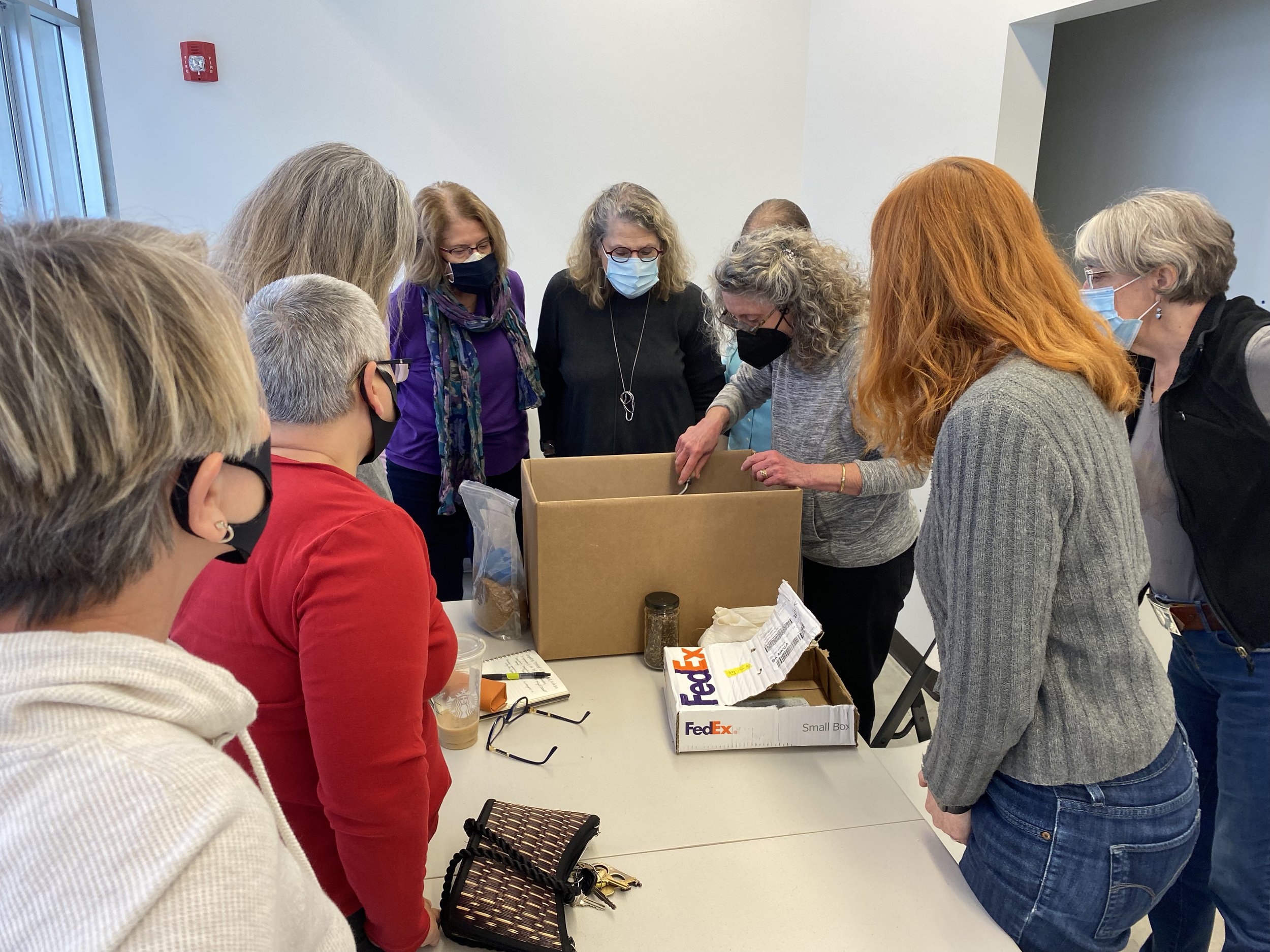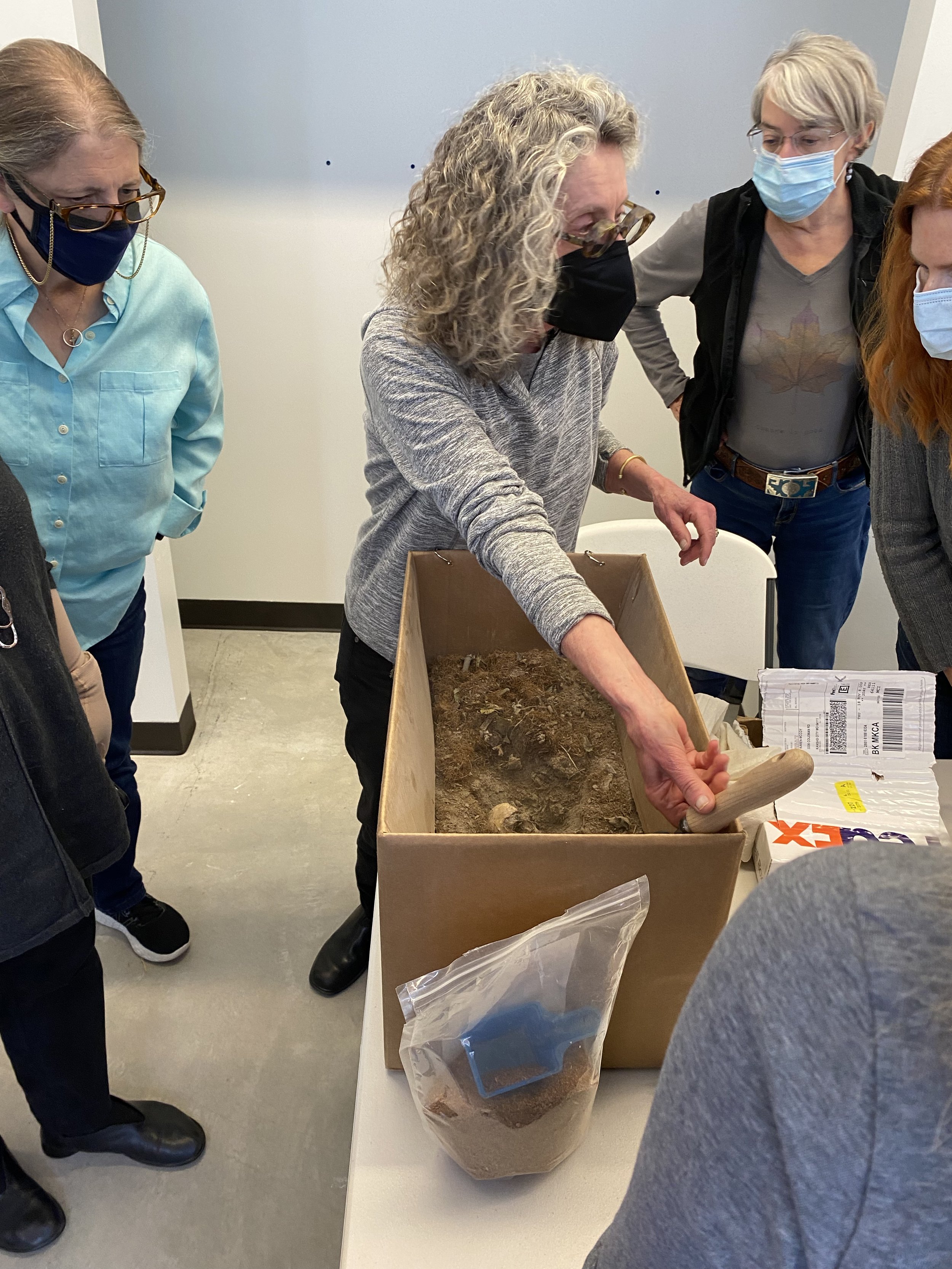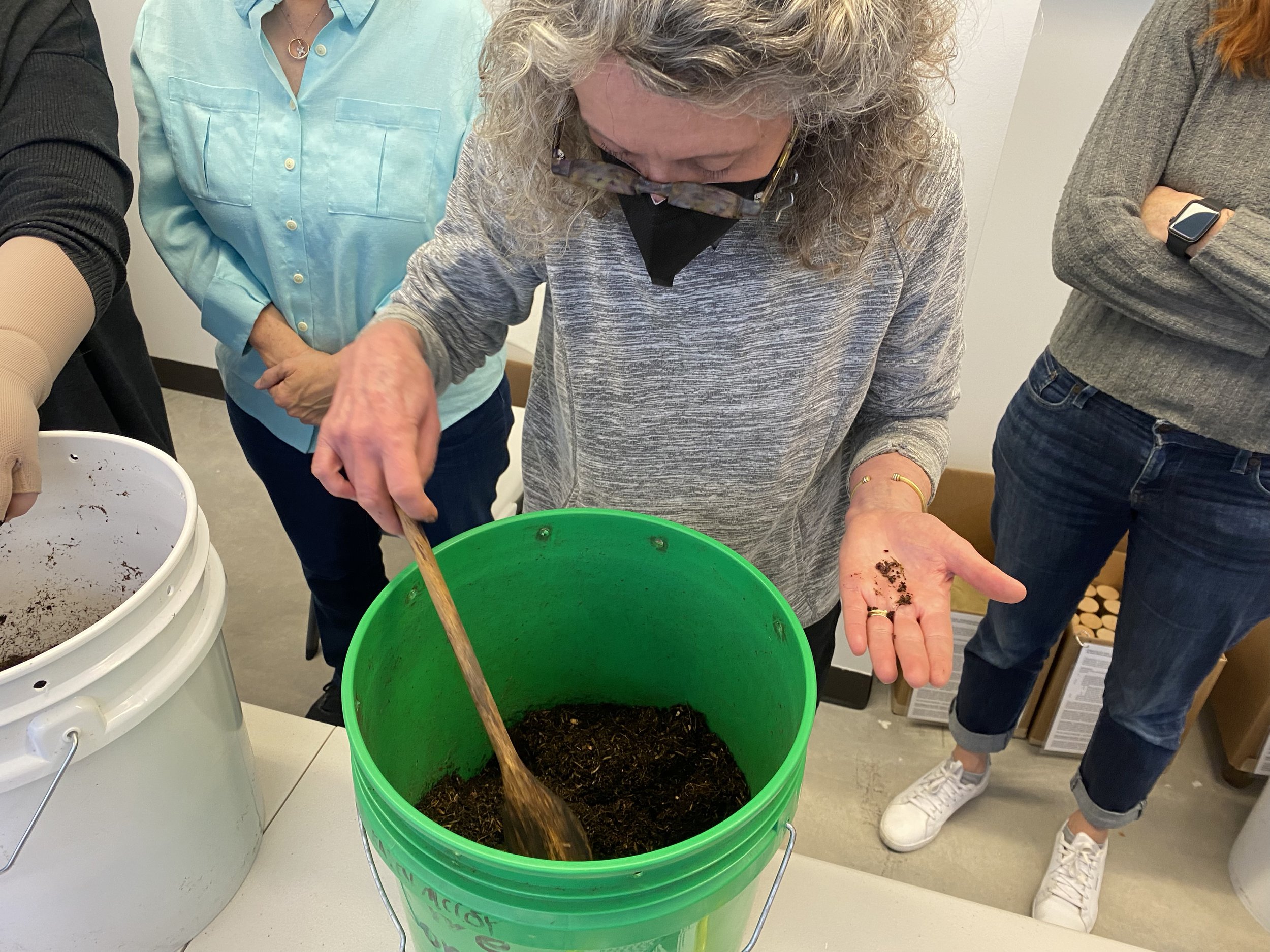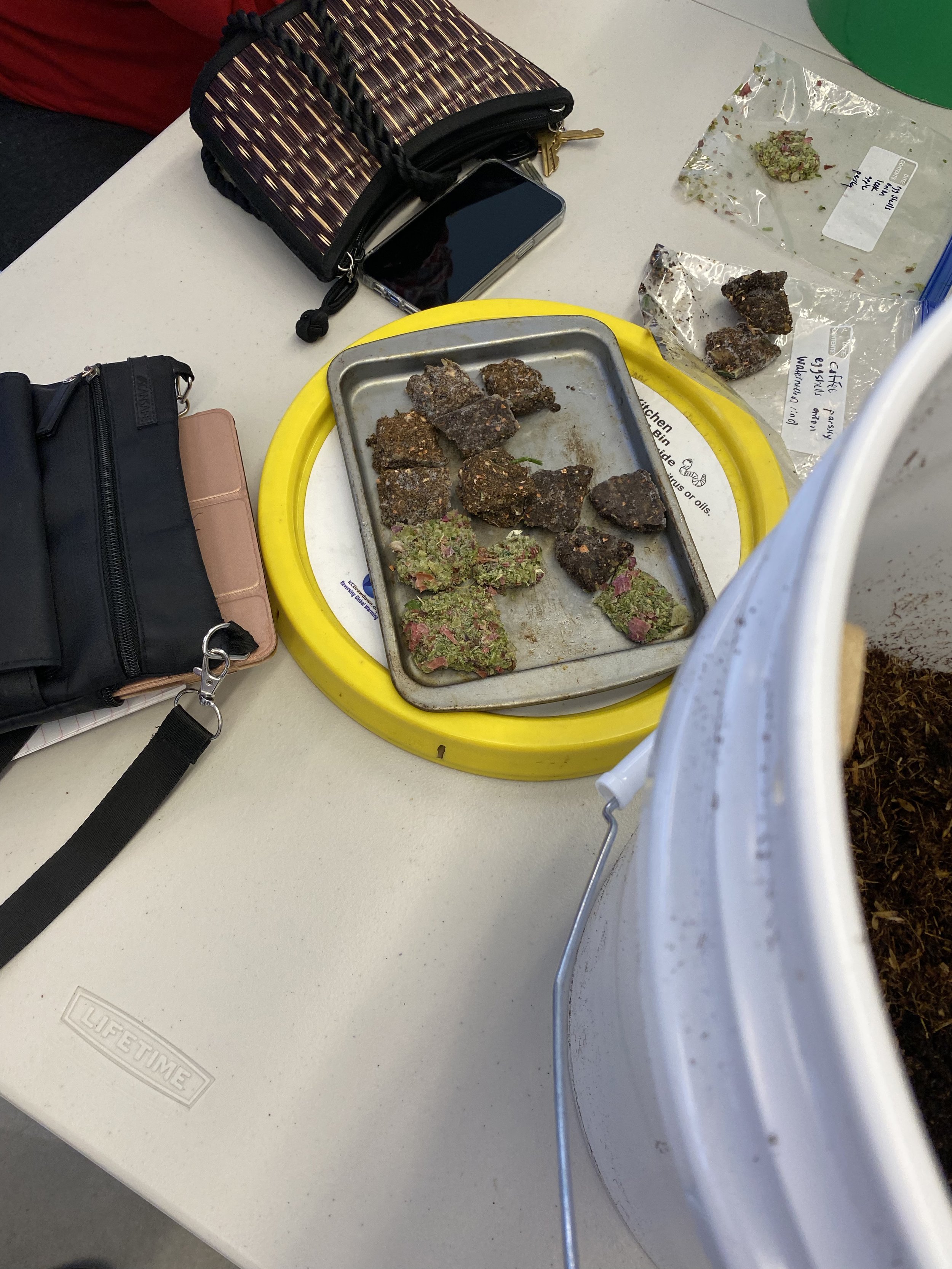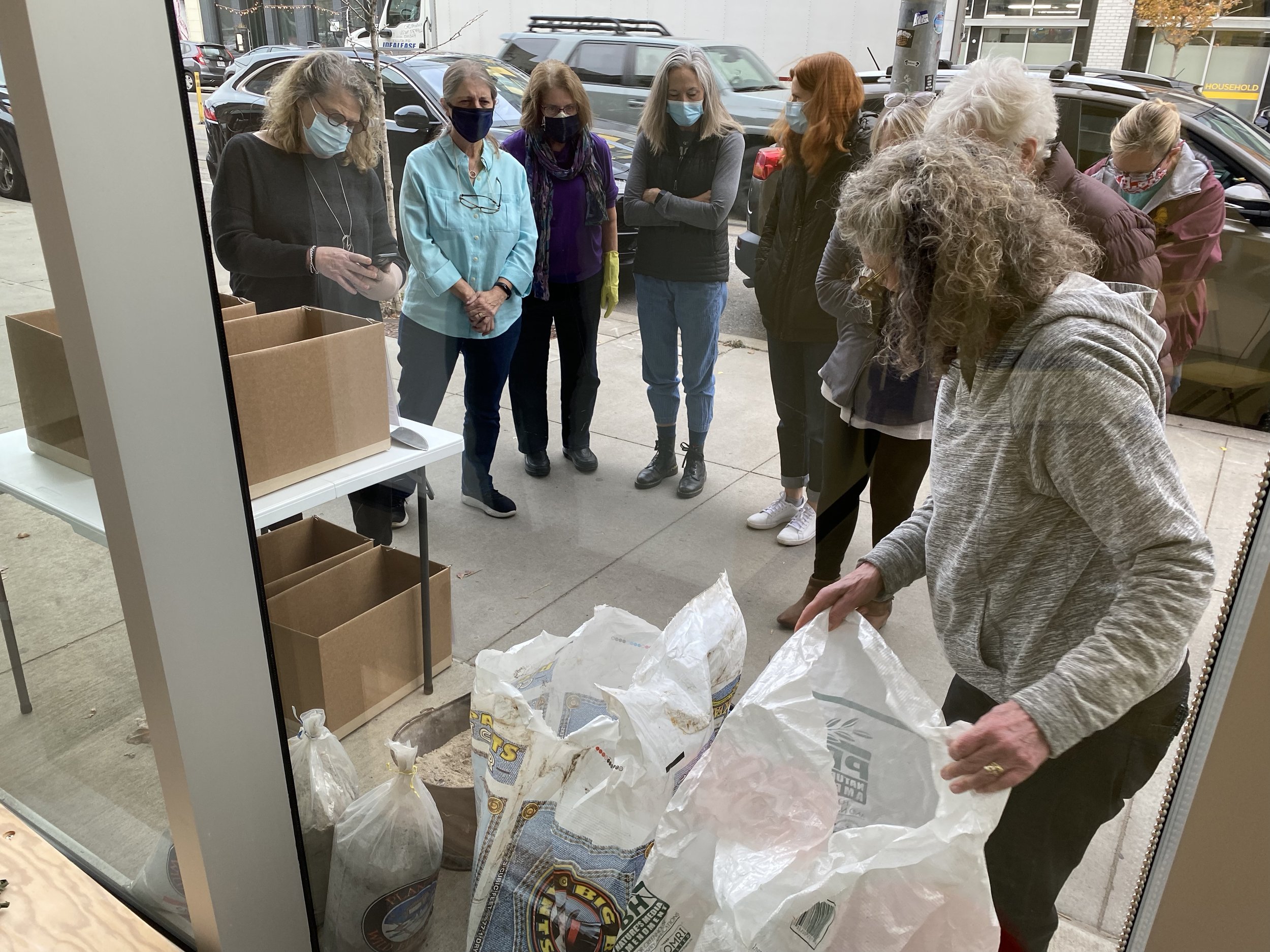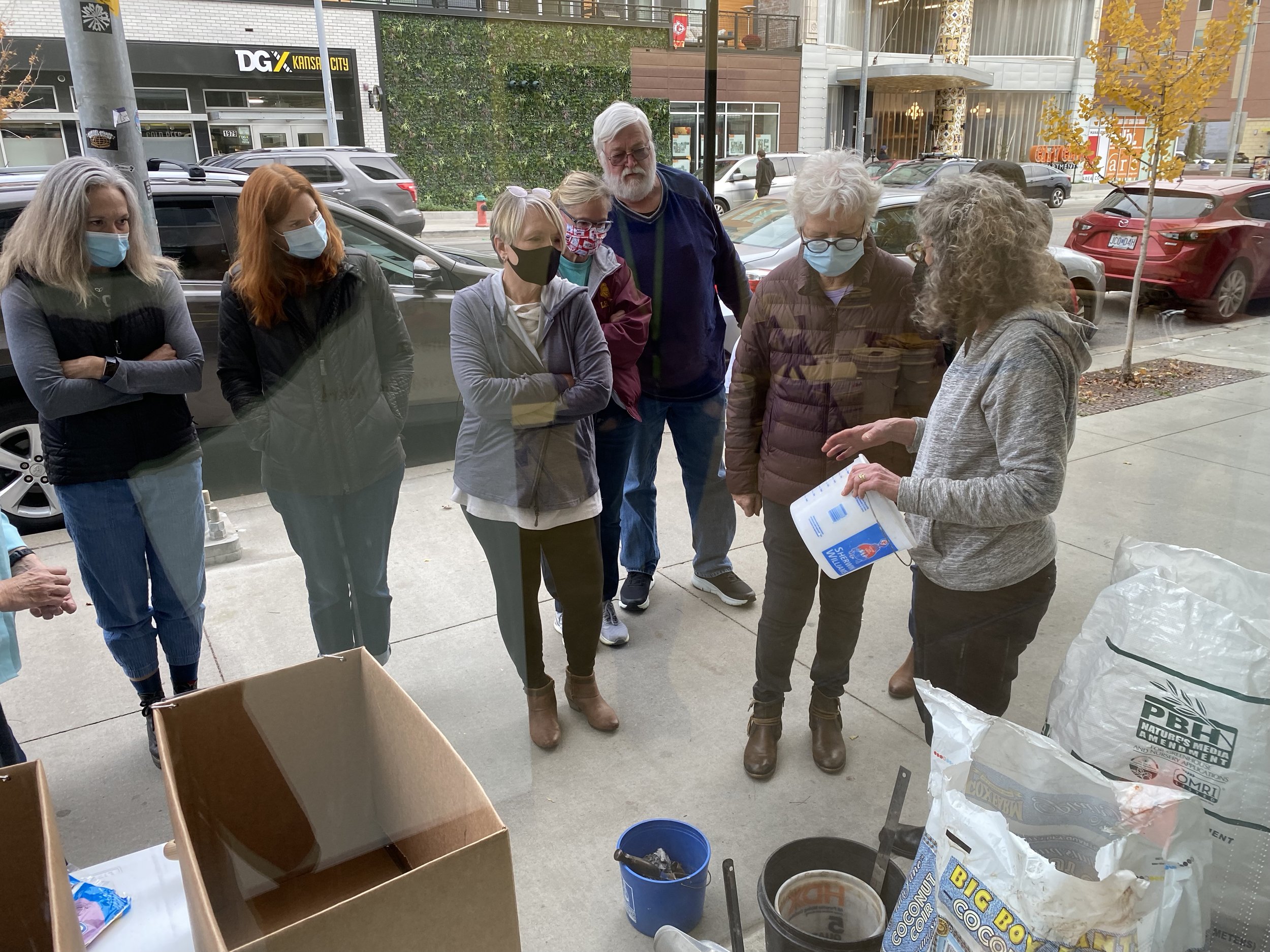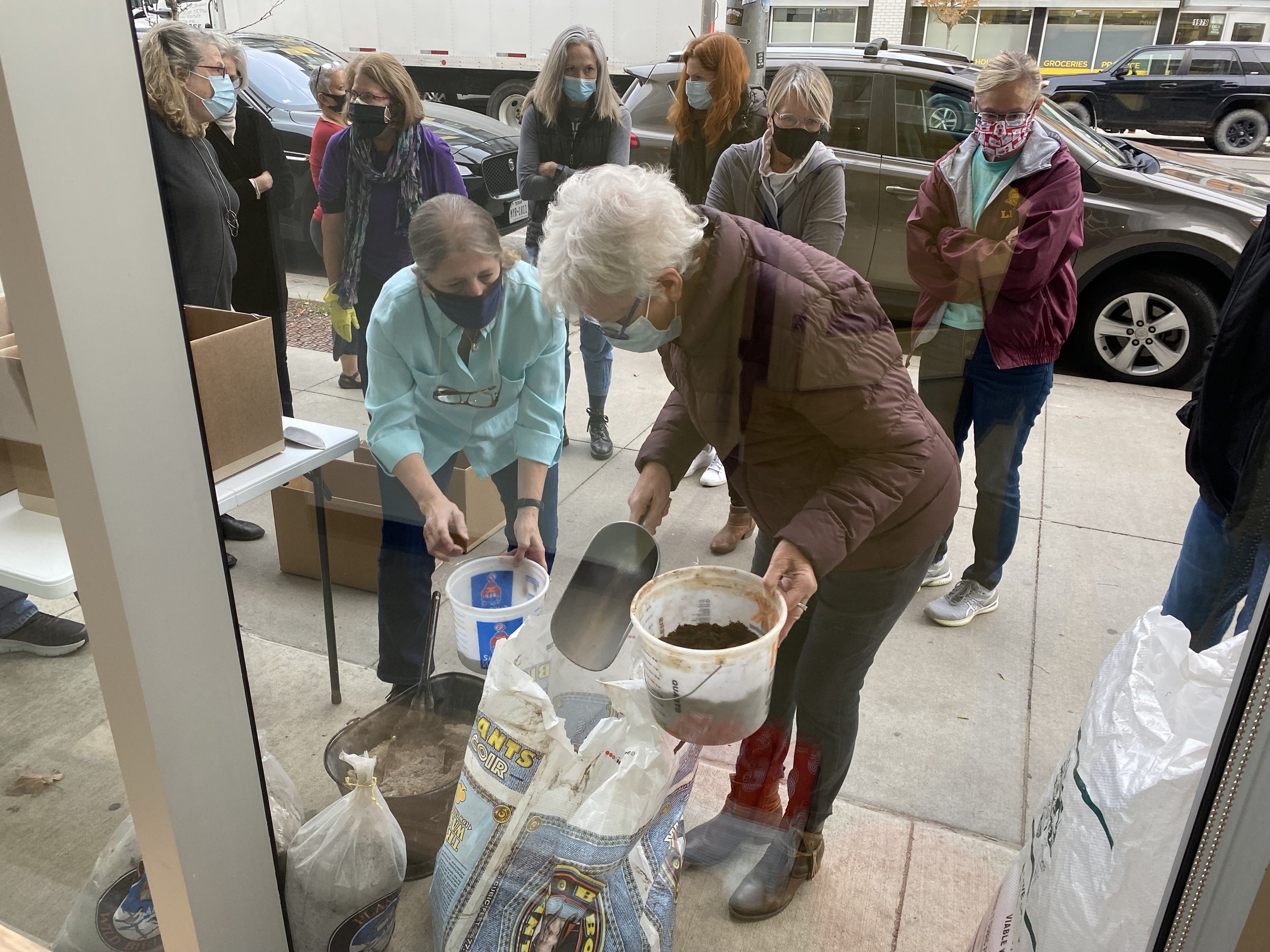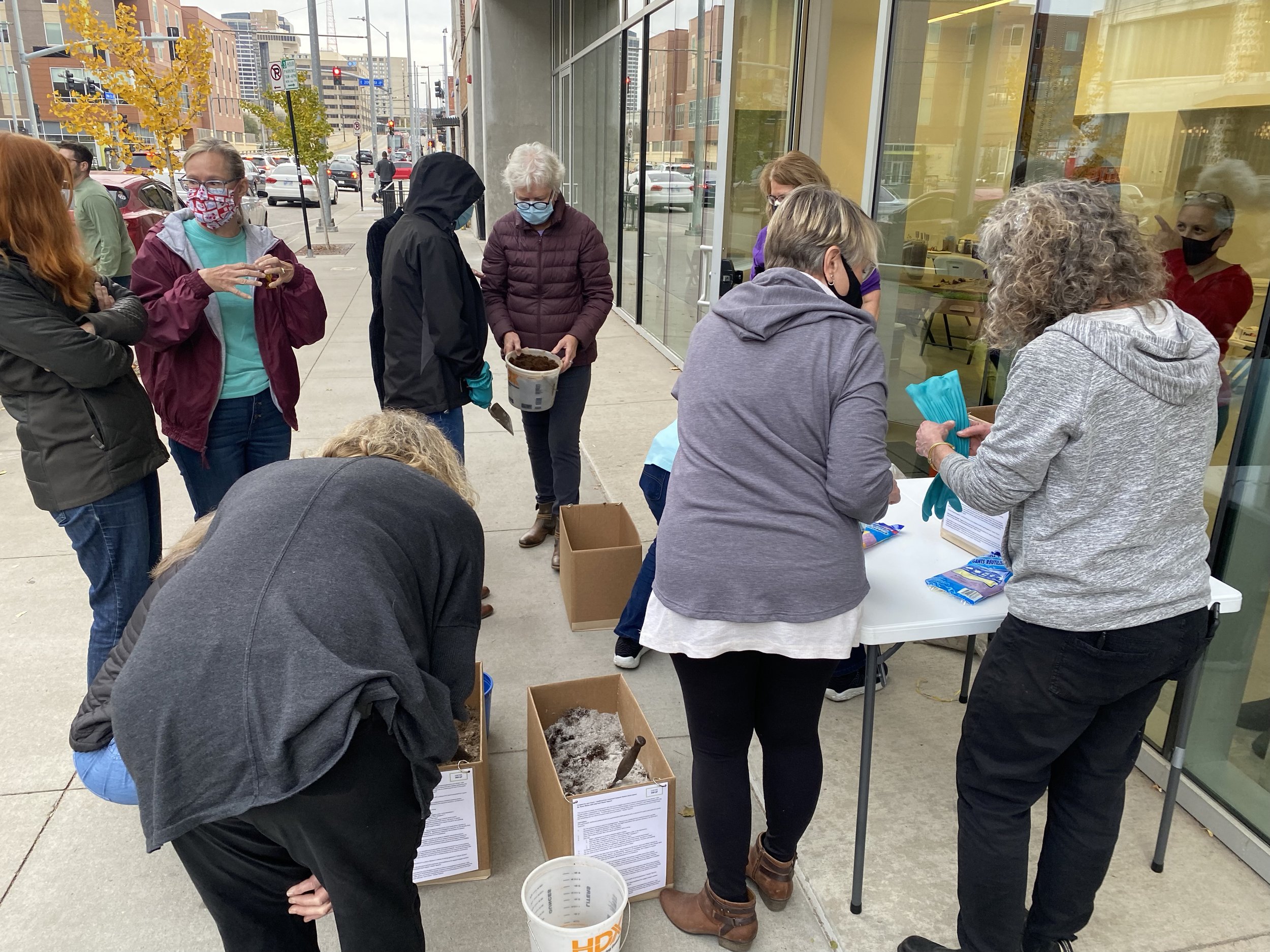Unconventional: The Legacy of Joseph Beuys
Karen McCoy
2021
My first encounter with Joseph Beuys' work was in Europe during the summer of 1979, just months before his retrospective at the Guggenheim, which I also attended. I couldn't easily read the labels in Europe and had to understand the work on its own terms. Often I saw chalkboards bearing writing and diagrams, with mysterious relics of performances and utilitarian objects seemingly misplaced in the gallery. What did these things mean? What is the meaning of material? Does it carry its own meaning, or does it acquire meaning through use?
I took these sorts of questions with me into my studio, and while I completely understand feminist criticism of Beuys’ “shamanism” and the cult of personality he built, years later they continue to inform my thinking about meaning and materiality, about what art is and can be, and about the potential, even poetic, role of art in activism, community, and politics. I attempt to embrace an open field through works such as Sound and Site Walks, Gardening in Small Spaces, composting workshops and sculptural gardens. Beuys involvement in social sculpture, protest, planting, material and metaphor remain important to me as an artist.
